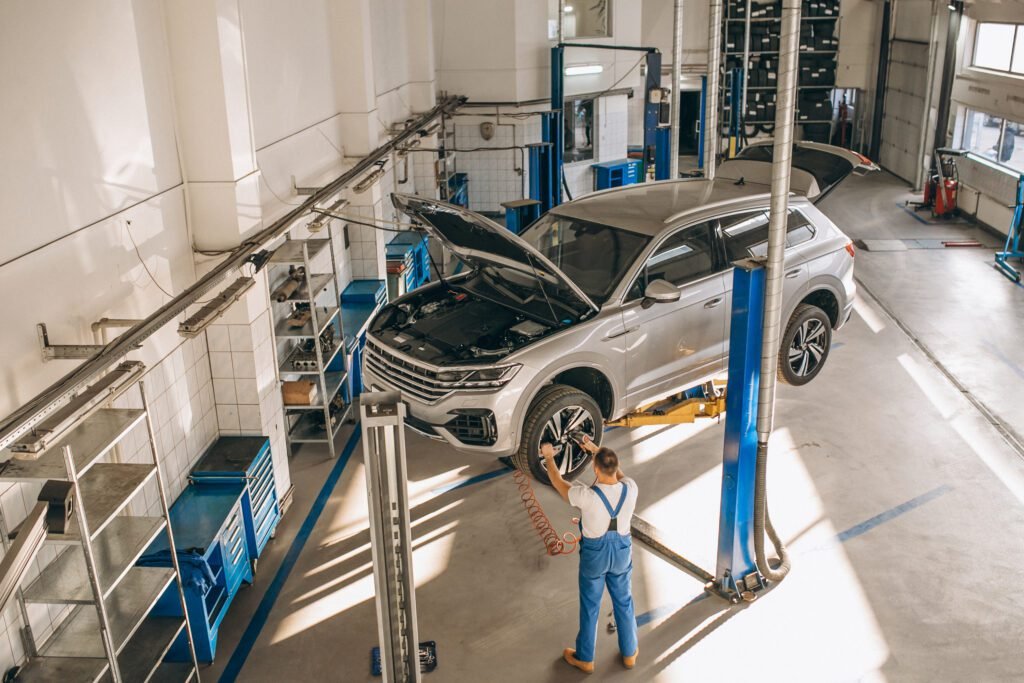You turn the key and the car doesn’t start. This doesn’t always mean a trip to the auto repair shop.When your car will not start, it could be caused by many things. The best idea is to determine where your problem originates. Before calling the mechanic or heading for an auto repair shop, try to find out as much as you can about why your car won’t start.
Let us take a look at how our autos work: your vehicle starts when the key is turned on, creating voltage flow from battery through your ignition switch, a safety switch, and then to your solenoid or starter relay. The solenoid or starter relay routes even more power from your battery to the starter, then cranking your engine. This is when the starter motor spins, pushing the starter drive gear, engaging the flywheel and cranking your car’s engine.
No Crank, No Start – What is going on?
When your engine will not crank there are some common problems that should be checked first. Low battery charge, faulty battery cables or bad connections may be your issue. Check the battery’s voltage. Recharge it or jumpstart your car if you have too low a voltage. Inspect your battery cables and both connections. If there is corrosion on either battery terminal, using proper safety gear, use a brush to clean it off and re-attach the connections securely.
Next check your starter relay and solenoid. Check the voltage, inspect connections and be sure to tighten any necessary wiring problems. If your relay shows a charge but does not “click” when the key is turned on, replace your starter relay.
If you still haven’t found your problem, your starter may be bad. Many auto parts stores will test a starter, but you must remove it first. You may decide to just jump battery voltage right to the starter to determine if it spins.
Another issue could potentially be broken or badly damaged teeth on your flywheel. Another problem could be a bad starter drive. To check this one, get the starter out of your car. Inspect the drive gear for damages, as well as all of your flywheel teeth.
If you still haven’t located your issue, check the ignition switch. With the key turned to the on position, if voltage does not reach your solenoid or starter relay, you should see if there is an open P/N switch, brake switch or clutch pedal switch. This will help determine if your ignition switch should be replaced. If there is an open P/N switch, Brake Pedal switch, or clutch pedal switch, you can bypass the switch using a jumper wire to see if your engine cranks. A test light or voltmeter can also be used to determine if there is adequate voltage passing through the switch.
If your problem still hasn’t been located, make sure that your engine has not completely seized. You can check your engine using a socket and long handle. Determine if the engine is can be turned using your hand. If not, the engine is locked and your problem is a bit more significant. At this point, you may want to call a reputable auto repair shop to help you get a grasp on what you are looking at. Internal engine damage or failed bearings could also be to blame. If your engine hasn’t seized, you could still be suffering from engine hydrolock. A leaking head gasket that allows coolant to seep out is usually the cause of this. You should remove your spark plugs inspecting for signs of leaked coolant.
While multiple auto problems could be to blame for a vehicle that you can’t get started, this information should help determine if you are dealing with some of the most common issues auto owners are experiencing.

